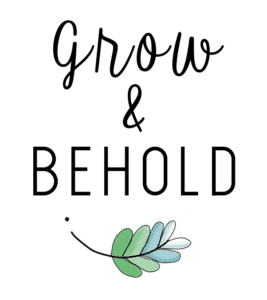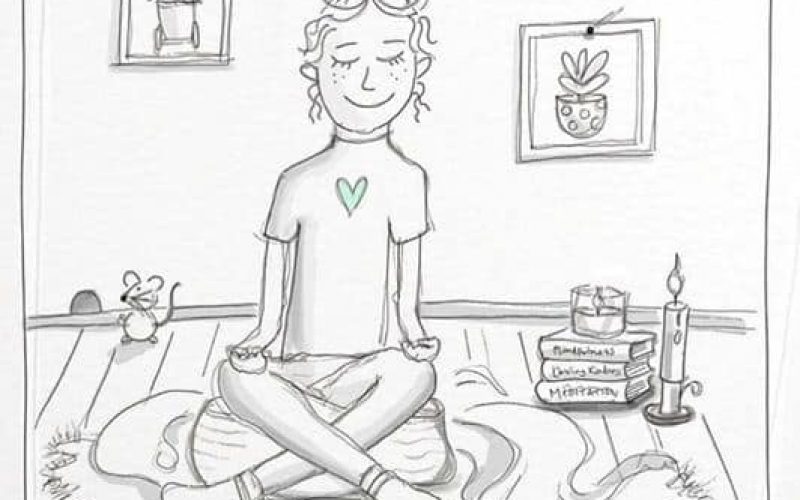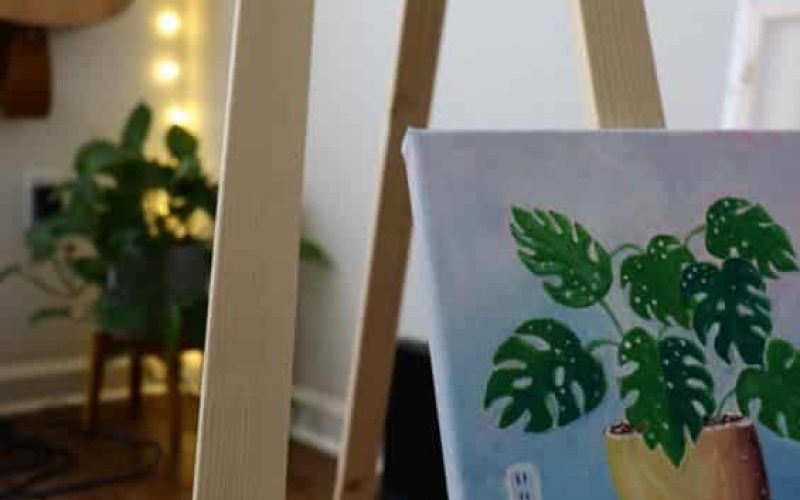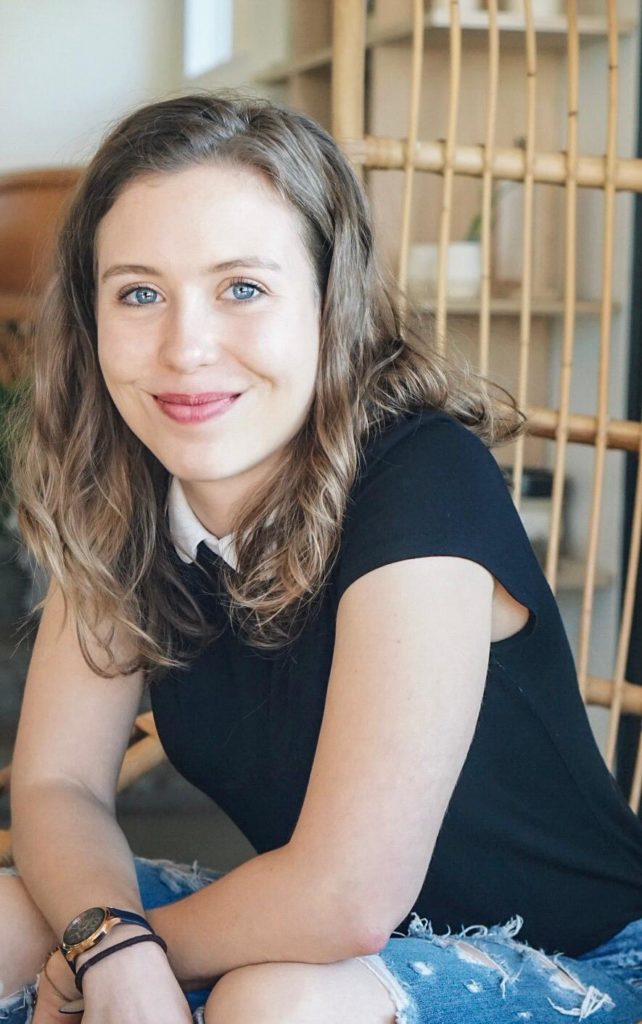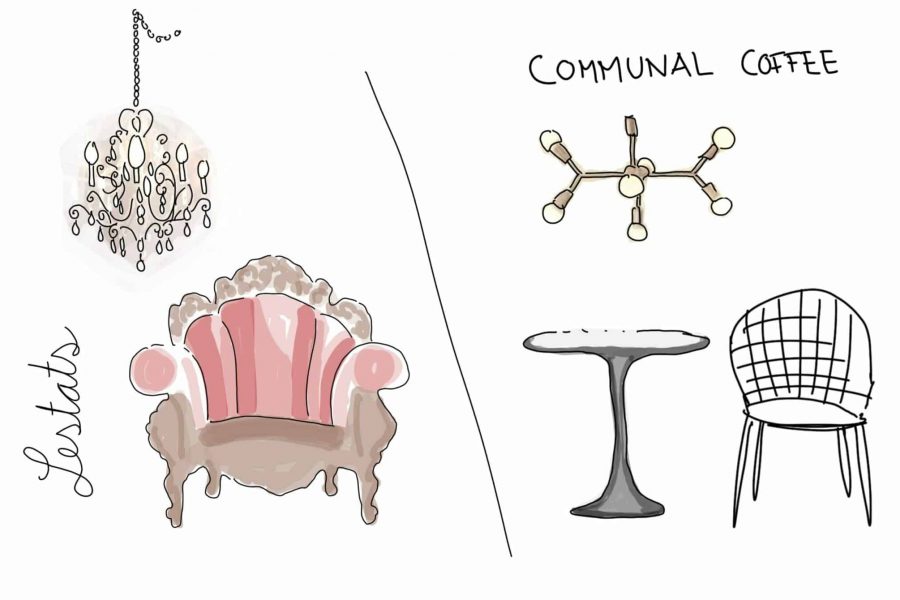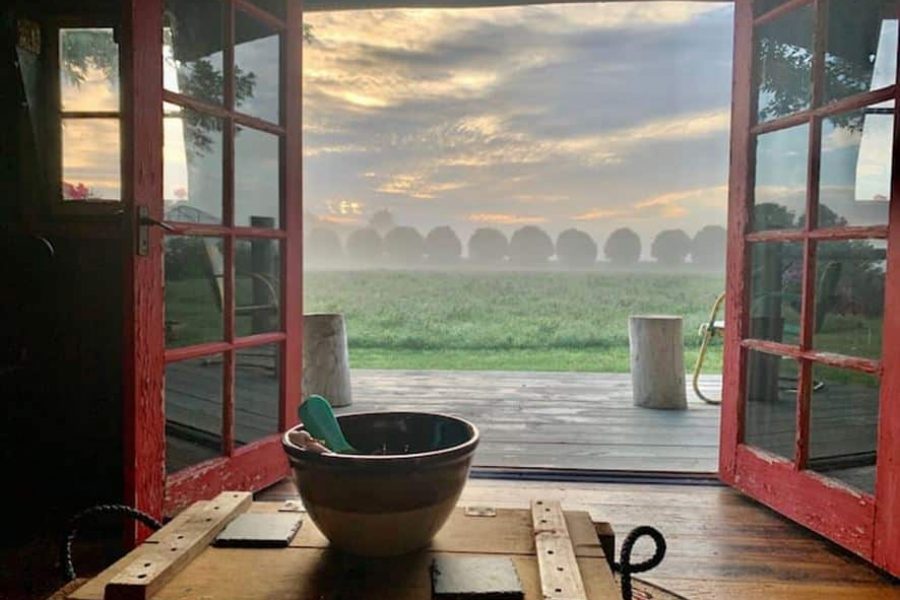Take a look around your home. Do you feel inspired? Do you feel creative? Or do you feel guilty about the pile of dirty socks in the corner? As an interior designer I am fascinated by the way our surroundings affect how we feel and how we act. I moved into a little condo last year and one of the first things I noticed were the high ceilings and picture windows. Even now as I write this very blog post I am able to look up and gaze through the large windows. I see train tracks and a hill planted with trees of all different shades of green. Perched atop the hill are houses and cars waiting for their owners to hop in and drive somewhere exciting, or just go about ordinary chores.
The other day I wondered if my space is making me more creative. I love how my space is filled with natural light and that I can hear the songs of birds’ right outside. It is also a great spot to people-watch because there is a little parking lot and side walk that stretches out along the road, just beyond the glass of my windows. I am separated from the world only by a pane of glass and my thoughts.
I am creating more art, now that I live in this little condo. I have canvases suspended on my walls, sketchbooks stacked knee high and mason jars filled with paint brushed. Can it be that my space is making me more creative? Am I creating more because my space supports me, or is my condo actually churning the gears of my imagination and changing something inside of me?
Architect and educator, Rattner (2019), defines creativity as “the act of developing novel and useful ideas for products, services, and systems.” (p.7) In his book, My creative space: How to design your home to stimulate ideas and spark innovation, he covers methods, backed up by scientific research, that can spark your creativity. Whether you are trying to come up with the next invention that will take you to Mars, or are just trying to feel inspired for your next art project, here are a few design tricks that can get the juices flowing.
If you do have high ceilings like me, you are in for a treat. Researchers discovered that people in a room with ten-foot ceilings scored higher on creativity assessment tests than those who took the same test under eight-foot ceilings (Rattner, 2019). If our space is open, our minds are more open. This applies to lateral directions, in front and behind us, or side to side, and to the space above us. Another experiment using fMRI brain scans showed that a part of the brain that deals with exploration is activated when looking at a picture of high ceilings. When the subjects looked at pictures of low-ceilings this activation was not found. The experiment teaches us that our brain activity changes depending on the height of the ceiling. High ceilings open our minds to new and innovative ideas (divergent thinking). On the flipside, lower ceilings foster detail-oriented and more focused thinking (convergent thinking). This model of creative thinking is displayed in Figure 1. William Lidwell refers to this relationship between ceiling height and cognition as cathedral effect (Lidwell, 2010).
Figure 1
Concept of Divergent-Convergent Thinking
Note. During divergent thinking our minds are opened to new ideas, whereas during convergent thinking we are more detail-oriented and focused. (image by author)
In our design office we have large windows and I believe it makes me more creative and productive. According to Rattner (2019), “windowed environments can facilitate creative task performance by restoring cognitive capacity, reducing stress, mental fatique, and perceived risk, and promoting a sense of freedom and openness.” (p. 47) A study conducted in 2014 showed that people who worked in a room without windows suffered a lack in sleep quality than those with windows. A theory by Jay Appleton, known as prospect-refuge, proposes the idea that people relax when they can see what is in front of them, while at the same time feeling protected from all other sides (Figure 2). The theory stems from the way our ancestors lived, as this type of setting was vital to their survival (Appleton, 1975). Although, we don’t need to worry about tigers anymore, this preference of prospect-refuge is still with us today. Brain scans show that people would rather sit with their backs to the wall in public spaces. An expansive view of a space or out a window makes us feel relaxed and safe, which allows our brains to switch from a more logical, planning and risk-aversion mode of thinking, to a creative and expansive state of mind (Rattner, 2019).
Figure 2
Prospect-Refuge Theory
Note. People feel safe when they can see what is in the distance while at the same time being able to retreat. (image by author)
Lastly, a method I am going to discuss is displaying art in your space. Surrounding yourself with art increases your creativity and encourages openness to new experiences and learning (Rattner, 2019). In one study, researchers found that viewing art stimulates us to learn new things. Evidence exists that art brings us joy and when we are happy we are more flexible and receptive to new information. Another study found that looking at art sends blood to parts of the brain associated with risk-taking, which is a trait necessary for coming up with original ideas. A further reason displaying art fosters creativity is related to eye-movement, as scientists have linked eye movement and mental processing. They discovered a connection between rapid shifts of the eye while viewing art and improved creative task performance.
If you don’t have high ceilings or windows in your space, fear not. There are ways you can manipulate your space to increase perception of higher ceilings, openness, and views. In the meantime, if you want to increase your creativity, hang some art on your walls and visit an area with expansive views. I believe we should be investing in and nurturing our creativity, and what a better way than to start with our living spaces.
References
Lidwell, W., Holden, K., & Butler, J. (2010). Universal principles of design, revised and updated: 125 ways to enhance usability, influence perception, increase appeal, make better design decisions, and teach through design. Rockport Publishers.
Rattner, D., M. (2019). My creative space: How to design your home to stimulate ideas and spark innovation. Skyhorse.
Appleton, J. (1975). The experience of landscape. Wiley.
